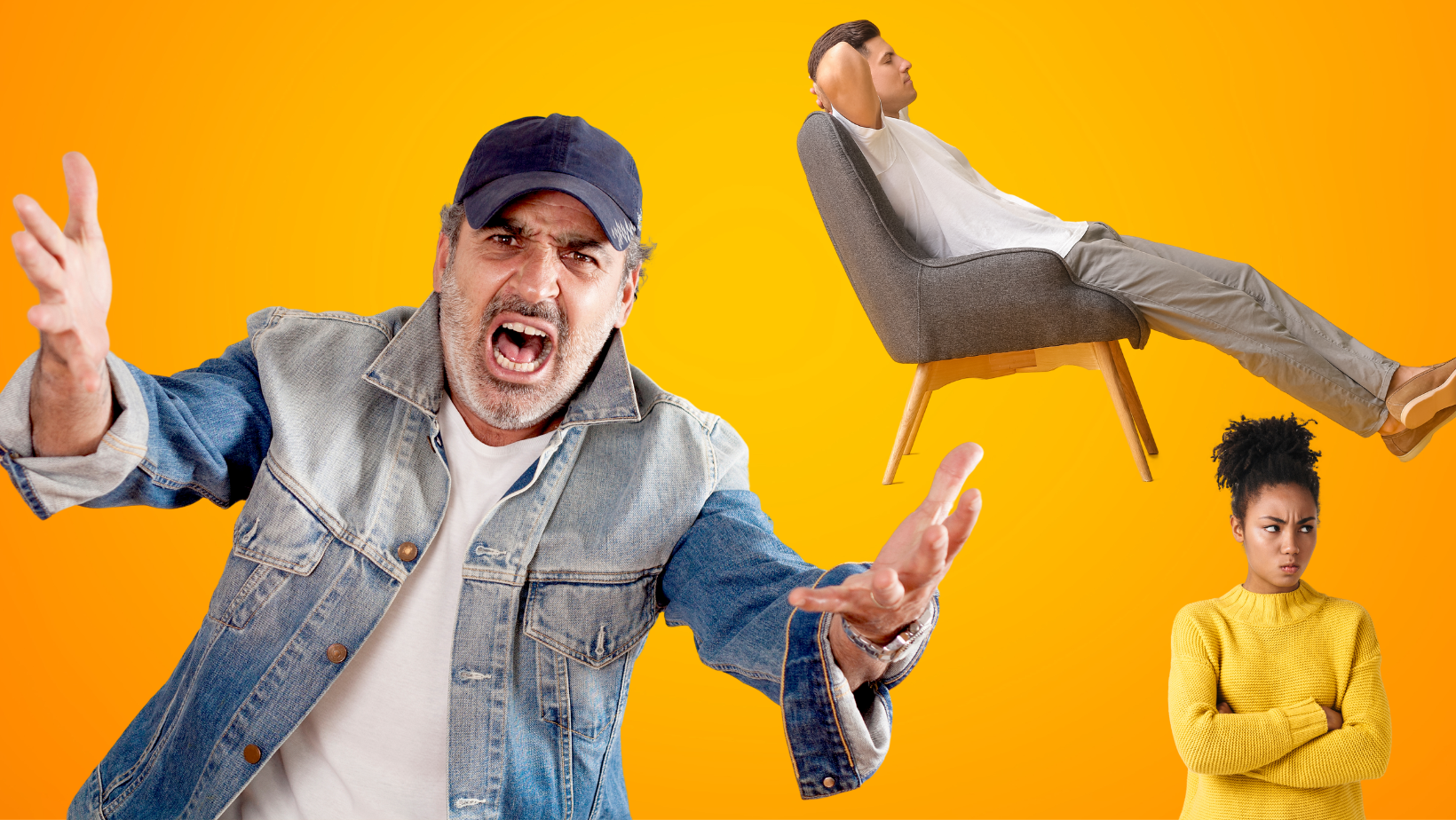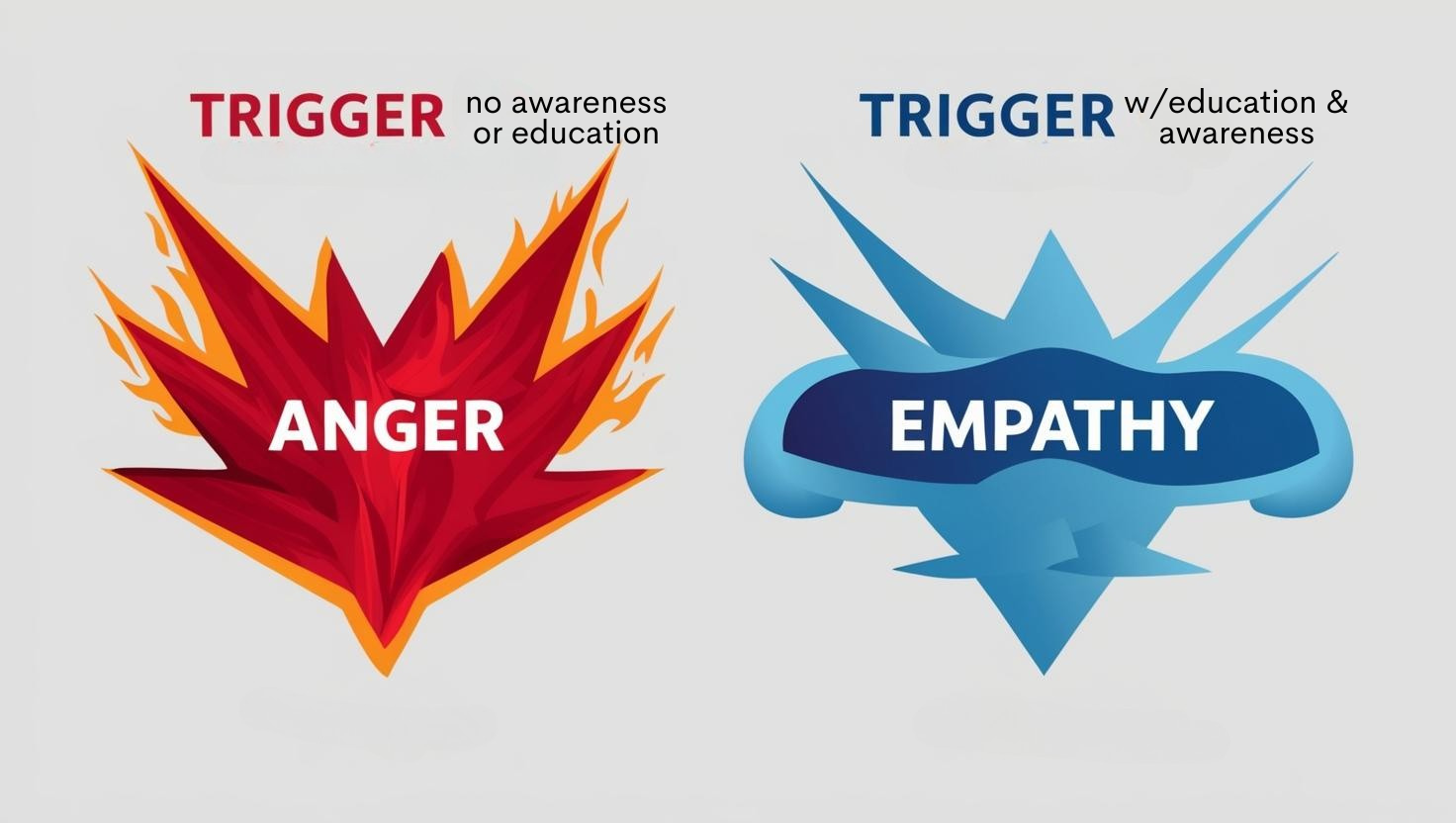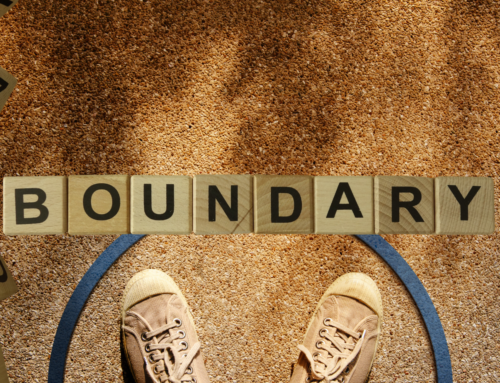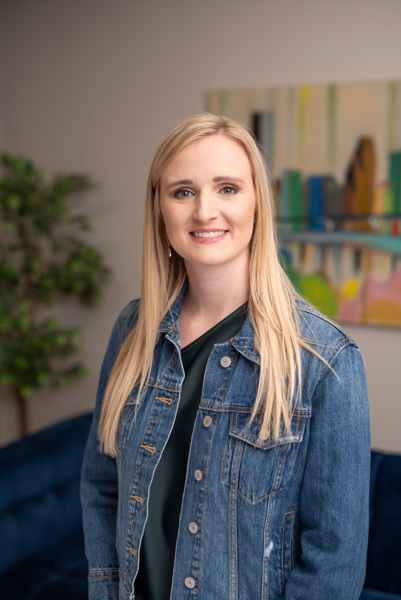This blog highlights the importance of emotional awareness, encouraging individuals to pause and reflect before reacting. It offers tips to help people respond thoughtfully to their emotions, leading to healthier relationships and better overall well-being.
Key Points:
- Emotions Are Signals: Emotions aren’t the enemy; they’re signals that provide insight into our experiences.
- Awareness is Key: Pausing to recognize and acknowledge your emotions allows you to choose your response rather than react impulsively.
- Practice and Growth: Emotional regulation is a skill that takes time. With practice, you’ll improve your ability to respond thoughtfully.
- Stronger Connections: Emotional awareness helps build empathy and stronger relationships by fostering thoughtful communication and understanding.
“Why Did I Do That?” Sound Familiar?
That question can quickly spiral into self-judgment: I always do this. What’s wrong with me?
The truth is, your emotions aren’t just occasional backseat drivers; they’re often in control, shaping your decisions, coloring your interactions, and guiding your behaviors—often in ways you don’t fully understand.
I want to share some thoughts on why this happens and how you can slow things down to make choices that align better with the person you want to be. In other words, Emotional Awareness 101.

Emotions Are Not the Enemy
Emotions are powerful. Whether it’s anger, joy, sadness, or fear, they shape our actions in ways we don’t always recognize. But here’s the thing—emotions aren’t the enemy. They’re signals—healthy, normal, and biologically relevant—trying to tell you something about your experience. The problem is that we often react without really listening or understanding.
Take this scenario: Someone cuts you off in traffic. Instantly, frustration flares up, maybe even full-blown anger, and before you know it, you’re yelling at the windshield. But what’s really going on? That anger is likely masking something deeper—maybe you feel disrespected or unsafe. If we don’t pause to recognize what’s beneath the surface, we risk reacting in ways that don’t serve us—or anyone else.
Now, think back to a time when the same thing happened, but you didn’t react as strongly. What was different? The driver might have been just as reckless, but you were showing up differently. Instead of lashing out, you paused, reframed, and responded in a calmer way.
The First Step: Awareness
And that’s exactly what I help people do—increase their awareness.
The first step in changing your emotional responses is awareness. Before you can make a different choice, you have to recognize when emotions like anger, anxiety, or frustration are rising. Instead of reacting automatically, take a beat. What does that mean?
Pause. Breathe. Acknowledge what you’re feeling—without judgment.
This brief moment of awareness creates space between the emotion and your reaction. It gives you the power to choose your next step, rather than letting the emotion choose for you.
Now, I know this sounds simple, but in practice, it’s incredibly difficult. Emotional regulation isn’t a switch you flip—it’s a skill you build. And like any skill, it takes time, effort, and practice.
Here’s a strategy I use: Name it to tame it.
When you can name the emotion you’re experiencing, you start to take its power away. Instead of saying, I’m so mad right now, try saying, I feel angry because I value fairness, and this situation feels unfair. See the difference? By naming the emotion and the underlying value, you shift into a more reflective state.
Another helpful tool is to ask yourself, What’s the story I’m telling myself right now? Our brains love to fill in gaps, often with worst-case scenarios. If your partner forgets to call when they said they would, your mind might jump to, They don’t care about me. But is that true? Probably not. Slowing down to challenge that narrative can help you respond with curiosity instead of defensiveness.
Why This is So Hard—And Why It’s Not Your Fault
If slowing down and managing emotions was easy, we’d all be doing it with ease. But the truth is, your brain and body have been wired for years to react in certain ways. The fight-or-flight response, ingrained since childhood, kicks in automatically. Your past experiences, learned behaviors, and even societal messages (like don’t be so emotional or toughen up) all shape the way you respond.
That’s why part of the process is education. I help people understand what’s happening in their brains and bodies during these emotional moments. When you understand the biological and neurological reasons behind your reactions, it removes the shame. It’s not that you’re too emotional or overreacting—it’s that your brain is operating exactly as it was designed to. The problem is, those automatic reactions aren’t always serving you.

The Process: Practice, Failure, and Growth
So what does it take to shift your emotional responses? Practice. And a lot of it.
At first, you might only be able to catch yourself one out of ten times before reacting. That’s okay. Over time, as your awareness grows, so does your ability to pause and choose a response that aligns with your values. You start recognizing your triggers. You build a toolkit of strategies to regulate yourself in the moment.
And here’s the most important part—you will fail along the way.
Even after gaining awareness, you’ll still react in ways you wish you hadn’t. And when that happens, your brain might flood you with self-judgment: I should know better. I’m so bad at this. Why can’t I just stop?
That’s just another layer of old wiring. But with time, your new system—one based on awareness, emotional intelligence, and conscious decision-making—starts to override the old one. You’ll begin to trust yourself more. You’ll see the progress. And you’ll realize that emotional mastery isn’t about perfection—it’s about choosing, more often than not, to respond rather than react.
The Key to Stronger Connections
Changing the way you engage with your emotions is a lifelong process, but one that will transform your relationships, your confidence, and your overall well-being. It starts with awareness. It grows with practice. And it solidifies with self-compassion.
I also want to touch on how you can extend this awareness into your relationships. By understanding your emotional triggers, you become better equipped to handle conflicts and communicate more effectively. It’s about showing up with empathy—for yourself and others. When you make the effort to understand where your emotions are coming from, you’re more likely to respond in ways that build connection rather than create distance.
The more you work on recognizing and regulating your emotions, the more empowered you’ll feel in every aspect of your life. Need help with the process? Reach out.
This blog was written by Jonathan Kolmetz MBA, MS
Licensed Professional Counselor




